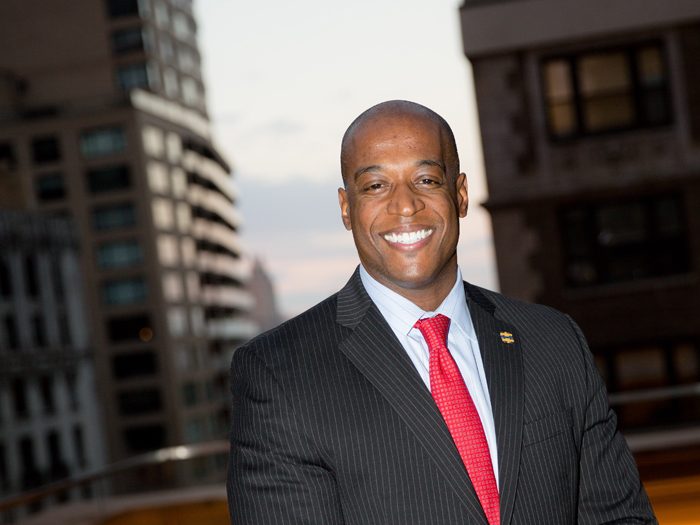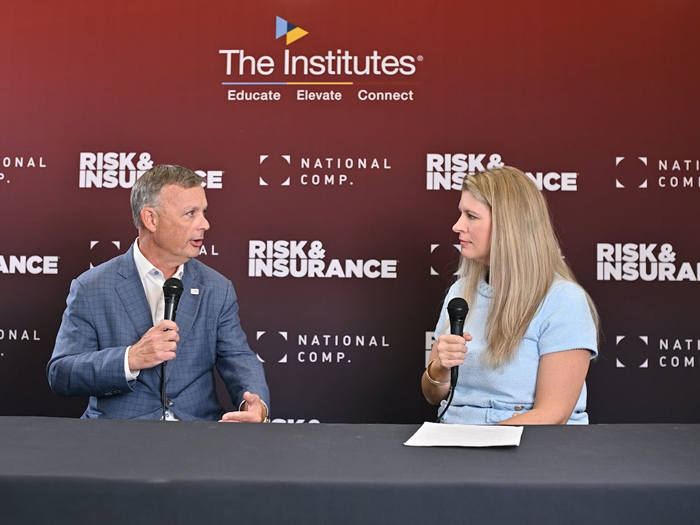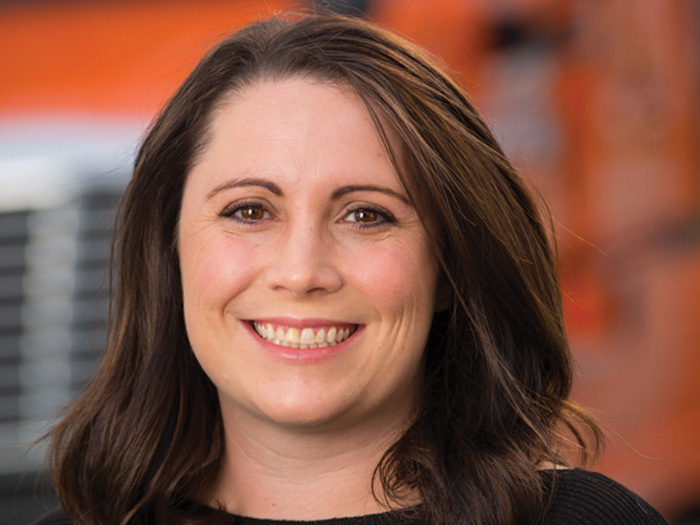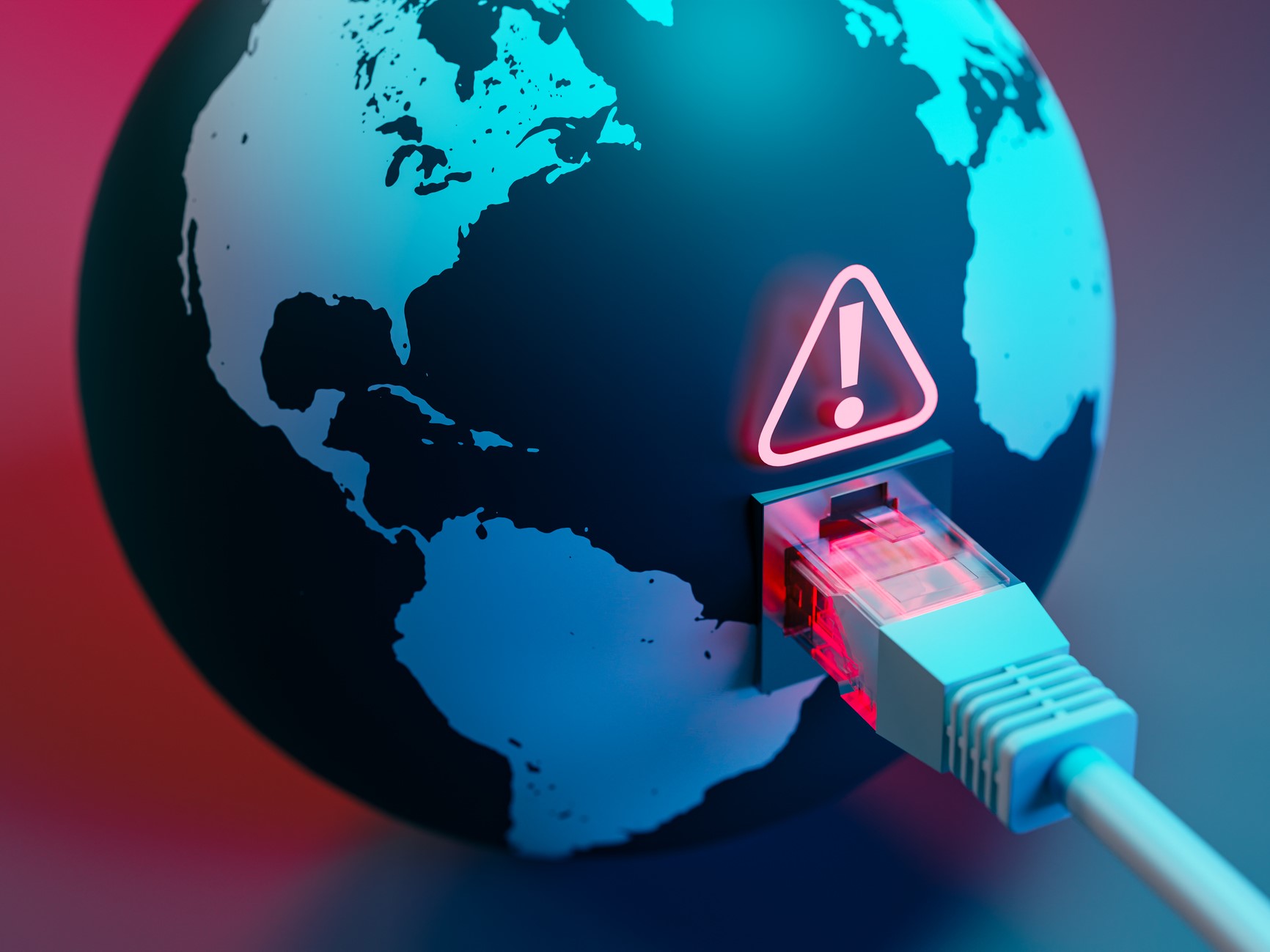Why More Employees Are Going the 1099 Route and Other Insights from a Veteran Risk Manager

Risk Insider Les Williams, partner and chief revenue officer of Risk Cooperative, recently shared his insights on some of the top challenges facing the insurance industry today, from talent recruitment and retention to resiliency against emerging threats posed by climate change, weakening infrastructure and IoT vulnerabilities.
R&I: You’ve written about the risks facing employers regarding talent recruitment and retention. Given the burgeoning “gig economy” and increasing reliance on automation, what does the workforce of the future look like?
Les Williams: A lot of our clients have trouble holding on to technology workers, especially millennials, because in the gig economy people have more options. They want to be able to work virtually as needed. We are seeing more transient folks who will switch jobs more frequently because there’s so much opportunity out there.
More employees are going the 1099 route, especially tech workers. They don’t want to be a W-2 employee; they want to be more in control of their own time, so they’re forming their own LLCs and working as freelancers full time.
That can be a gift for employers. You don’t have to pay for their health insurance, for one thing, and you can more easily fill positions that have high turnover. But you may also have to increase policy limits for some things. Crime, for example. You’re sharing more information and access with outside workers, and you run a higher risk because you don’t really know these folks and can’t vet them as well as you might an internal employee.
R&I: So what are some strategies for employers who want to hold on to their talent?
LW: One of the interesting things we’ve seen in our research at Risk Cooperative is how much health is becoming a fashion statement for younger workers. Having a new, reusable water bottle is as much a fashion accessory as having the latest iPhone. Health is the new wealth.
Health is the new wealth.
As a result, more companies are putting employee wellness programs in place. So workers can accrue points for things like taking yoga classes or drinking a certain amount of water every day and redeem their points for rewards like gift cards. There’s an element of gamification to it.
There’s one company called SoHookd that bills itself as a “wellness-based loyalty platform.” They built an online marketplace where users can redeem points for things like fitness classes, organic groceries, massages. Younger workers would rather receive these experiential rewards in the form of a health-conscious object rather than a monetary reward.
R&I: What about insurance and risk management specifically? What would you tell a college graduate about the industry to get them interested?
LW: When I’m on a plane and I don’t want to talk anybody, I tell them I’m an insurance broker. But when I want to have a deep conversation, I tell them I’m a risk manager.
Risk management is about putting processes in place to solve a problem. Risk management is complex; is not surface level. There’s a lot of technology involved and a lot of engineering involved. That’s usually the piece that gets younger people interested.
When people hear I work in insurance, they think I’m going to talk to them about bundling their home and auto, but when I describe what really goes into risk management, they see how varied and interesting it can be, and how futuristic it can be.
Technology is becoming the backbone of risk management.
R&I: You have a varied background yourself, with a degree in mechanical engineering, an MBA, and a host of roles in business development. What attracted you to risk management?
LW: Engineers, like risk managers, are problem solvers. I’ve always loved solving problems. At Ford Motor Co., my first job, one of my first responsibilities was trying to figure out why a vehicle was stalling. There’s a thousand of reasons why a vehicle could stall.
Risk management is putting processes in place so things don’t go wrong.
We found the answer was heavy key chains. The ignition switch was supporting all of the weight, so when the car drove over a bump, the heavy key chain would pull down the ignition and turn to the off position. So we had to find a way to remove the pressure and make ignition switches more robust so stalling wouldn’t happen. That’s risk management.
At IBM, I managed a team of 12 salespeople, and we were getting complaints from customers who were receiving multiple calls from different team members. We didn’t appear too organized. So I had to reorganize my 12-person team so they would do a better job of communicating with one another to prevent clients from getting upset and leaving. That’s risk management.
When I worked in commercial real estate at JLL, I had clients who needed help finding office space, and they always underestimate their future growth. So I would suggest looking at another building that wasn’t as well-leased so two years down the line we don’t have go through this process again.
Risk management is putting processes in place so things don’t go wrong. All the different jobs I’ve had were doing that, just in different ways.
R&I: What do you see as the most concerning emerging commercial risks?
LW: There are three that are connected: aging infrastructure, climate change and cyber risk in the Internet of Things.
Back in 2017, the American Society of Civil engineers gave America’s inland waters a D score. Much of the waterway infrastructure hasn’t been updated since the 1950s. We saw the impact of that recently in Nebraska, Iowa and Missouri, where rising flood waters left large areas completely submerged. Repairs take time; days or sometimes weeks. Delays at some of the locks in some of the rivers have doubled. That has impacts for the supply chain.
Climate change is intertwined in that. Currently, we’re 1 degree Celsius warmer than in pre-industrial times. Drier seasons are exacerbated. Rainy seasons are exacerbated. Weather is more severe and our infrastructure just can’t take it.
Weather is more severe and our infrastructure just can’t take it.
As far as cyber and the IoT — by 2020 there will be about 20.4 billion interconnected devices globally. As much as 37 percent of those will be used outside of consumer settings. Connected equipment will play a role in our infrastructure — monitoring dam openings, the electrical power supply, etc. What’s scary about that is that bad actors can hack into those systems and cause havoc.
We already have evidence that our electrical grid has been hacked.
Globally, cyber job demand is going to outpace supply by about 1.8 million jobs by 2022. So at the same time a lot of our critical infrastructure is exposed, we won’t have the workers to help protect it. All of these were detailed in the World Economic Forum’s recent global risks report.
R&I: What can the industry do to mitigate these risks?
LW: Insurers have a lot of influence. They have the power to say, ‘we’re not going to provide insurance for your building if it’s not resilient enough to withstand a flood.’ Or strong winds, or hail, or whatever the hazard may be in that region.
Insurers have to put their foot down and say, ‘if you want to have this entity, these are the risk management protocols that must be in place to get covered.’ I think we will see carriers starting to take a stronger stance.
Insurers can also lobby for more money being spent on sustainability projects.
The EPA invited almost 40 projects in 16 states to apply for loans under the Water Infrastructure Finance and Innovation Act. There’s an available $5 billion in funding to help finance water infrastructure projects. Insurers can encourage private companies to invest in infrastructure projects as well, bringing private sector capital off the sidelines.
Not only is this the right thing to do for society, it will also help to reduce catastrophic claims.










